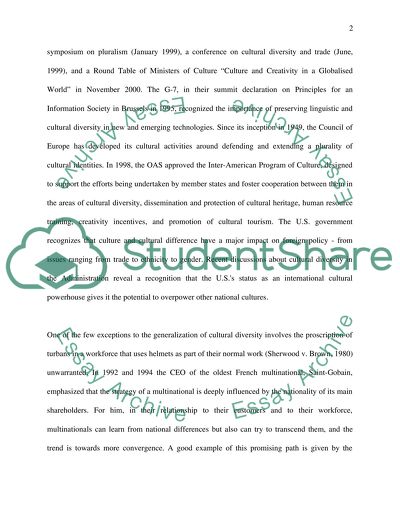Cite this document
(Cultural Diversity in Organizations Article Example | Topics and Well Written Essays - 1750 words, n.d.)
Cultural Diversity in Organizations Article Example | Topics and Well Written Essays - 1750 words. https://studentshare.org/culture/1520870-cultural-diversity-in-organizations
Cultural Diversity in Organizations Article Example | Topics and Well Written Essays - 1750 words. https://studentshare.org/culture/1520870-cultural-diversity-in-organizations
(Cultural Diversity in Organizations Article Example | Topics and Well Written Essays - 1750 Words)
Cultural Diversity in Organizations Article Example | Topics and Well Written Essays - 1750 Words. https://studentshare.org/culture/1520870-cultural-diversity-in-organizations.
Cultural Diversity in Organizations Article Example | Topics and Well Written Essays - 1750 Words. https://studentshare.org/culture/1520870-cultural-diversity-in-organizations.
“Cultural Diversity in Organizations Article Example | Topics and Well Written Essays - 1750 Words”. https://studentshare.org/culture/1520870-cultural-diversity-in-organizations.


